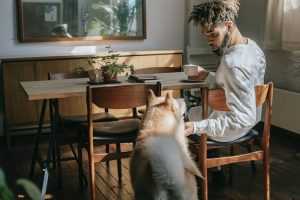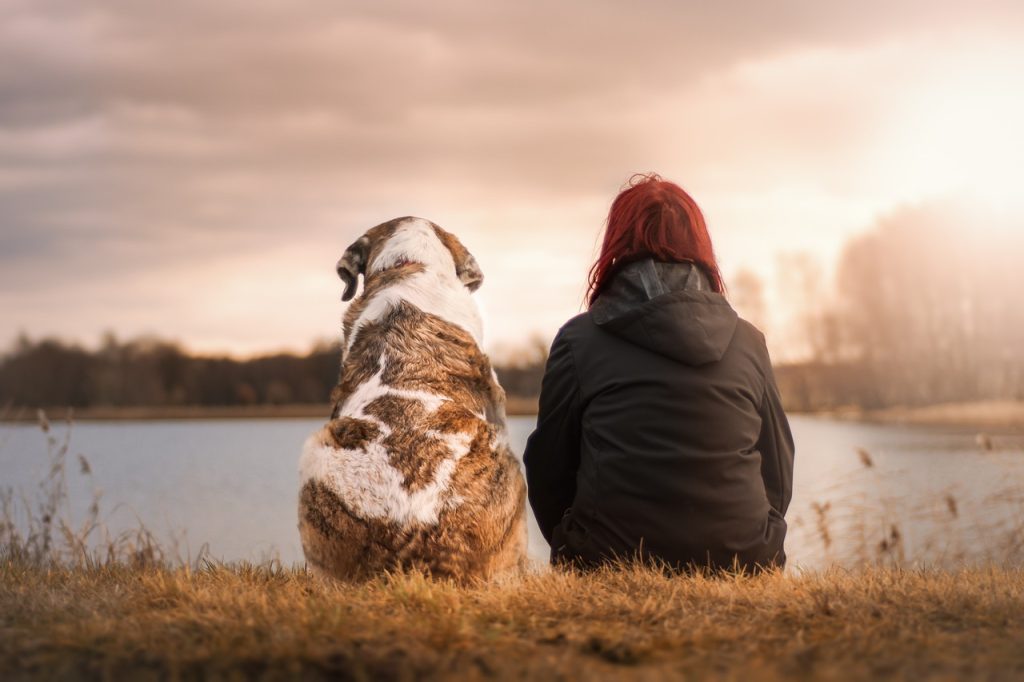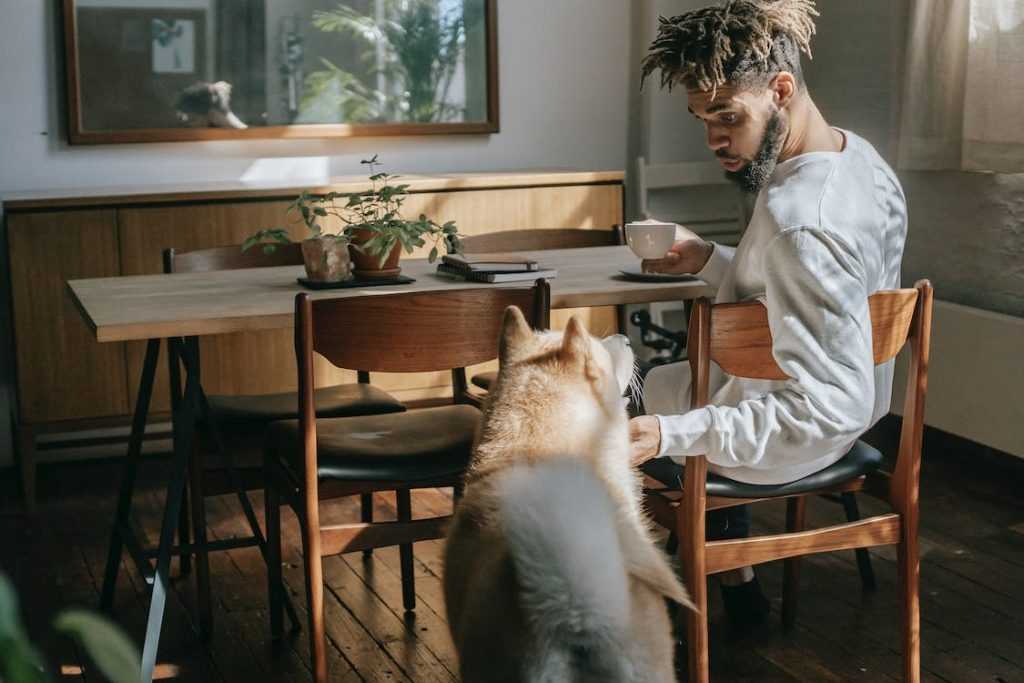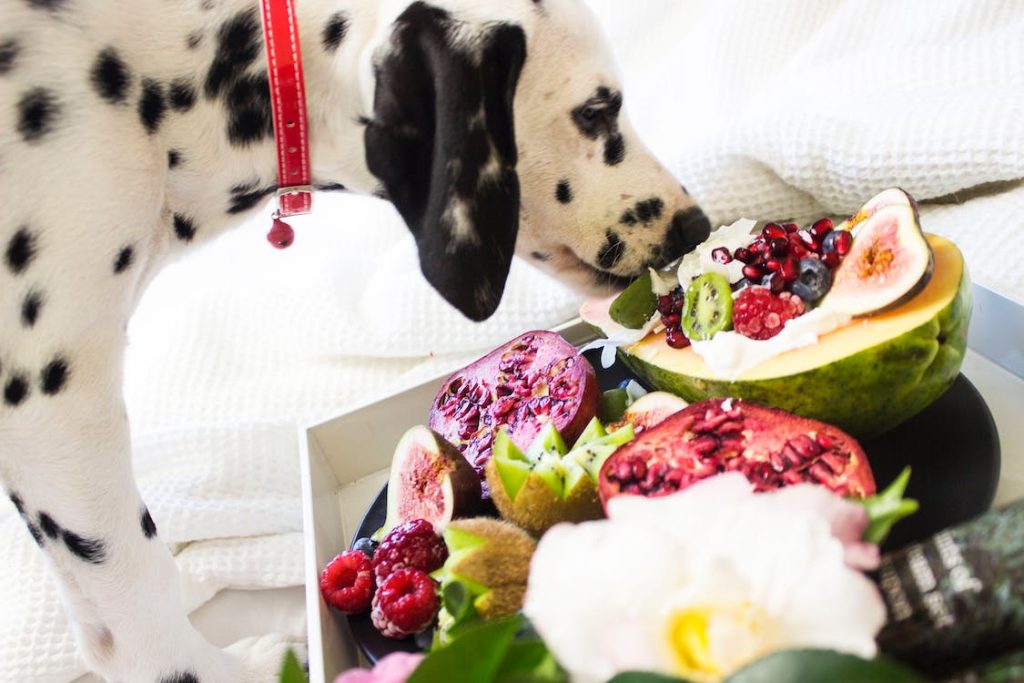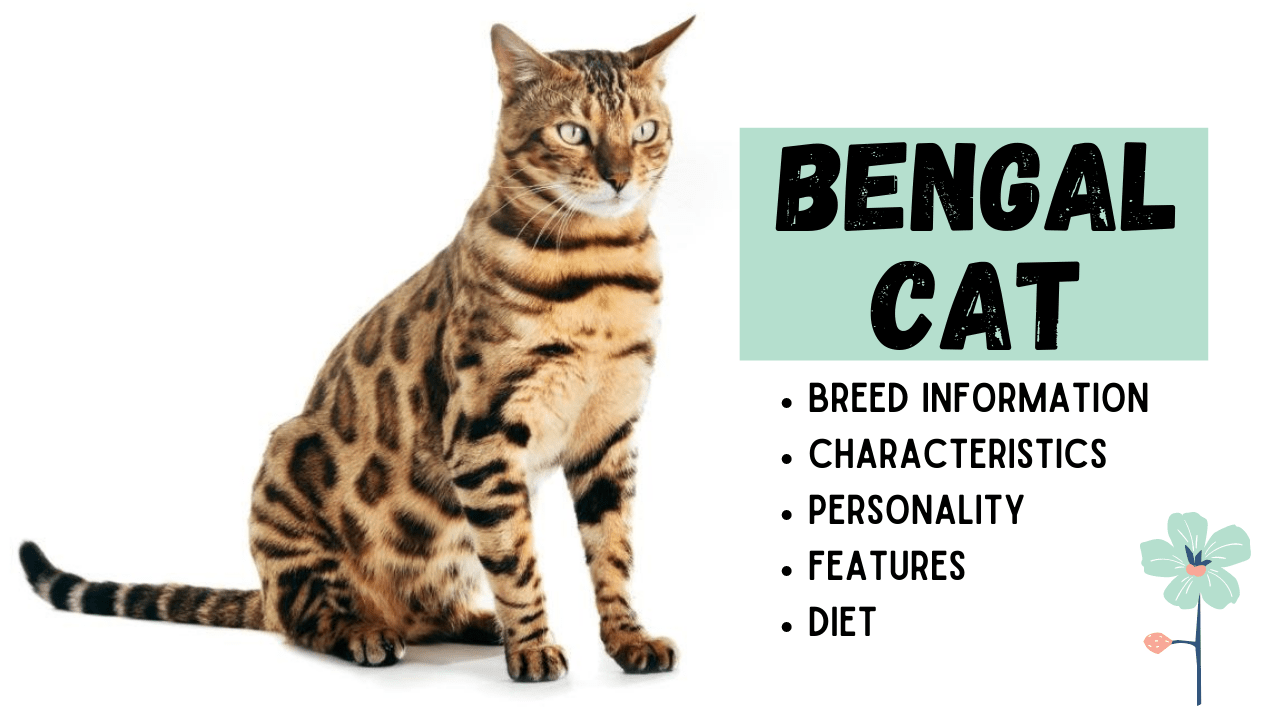
People often get bored with the usual look of the common cat breeds with a typical long coat and usual colors. For such people, there is a breed that has a quite distinctive look in terms of colors and coat both. The Bengal cat is a hybrid cat breed that was created from the hybrids of domestic cats. It has a sharp appearance that makes it look prominent. This breed was introduced in the 20th century. The wild marking on their coat is their trademark and became the reason for their popularity.
History of the Bengal Cat
The Bengal cat breed has its roots in America. Jean Mill has been credited for the creation of this distinctive cat breed. She had her degrees of psychology and genetics from the University of California, Davis. She desired to have a domestic cat breed with a wild look.
She deliberately crossed an Asian Leopard cat with a domestic black California Tomcat in the mid-20th century. It was her first attempt. She continued with her efforts of crossing and got successful in getting a group of domestic cats that had a wild look like a leopard in 1975. It was given the name ‘Bengal’ by the taxonomic name of the leopard ‘Prionailurus bengalensis’. After that, the breeding of Bengal cats began.
The Bengal cat breed was officially accepted by The International Cat Association TICA in 1983. In the year 1999, the Governing Council of the Cat Fancy also accepted this breed and in the same year, Australian Cat Federation registered this breed.
The Cat Fanciers Association accepted this breed recently in 2016. At present, there are more than 2000 registered breeders of Bengal cats.
The Physical Characteristics of the Bengal Cat
Height & Weight
The Bengal is a medium to large-sized cat breed. It is 15 to 18 inches tall and weighs about 8 to 15 pounds.
Life Span
Bengal cats have a life expectancy of 10 to 16 years.
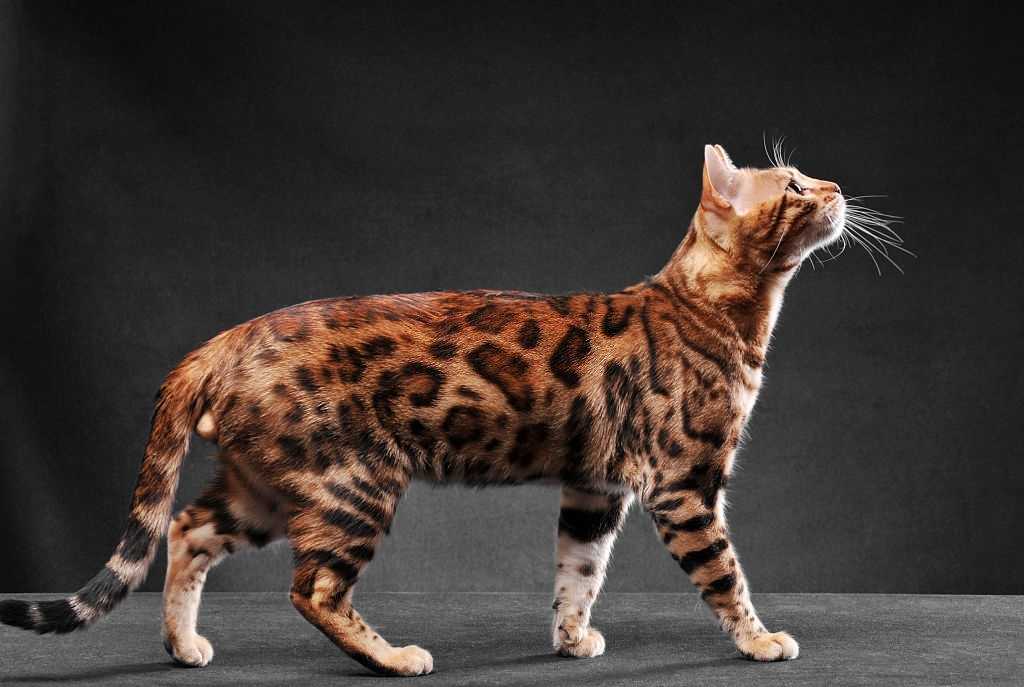
The Appearance of the Bengal Cat
Body Features
The Bengal cat breed bears one of the most distinguishing features in the cat breeds. It has a medium-large, muscular body with sturdy and firm bones. The head is wide with a wedge shape and rounded contour.
They have short ears with rounded tips and oval eyes. The legs are of medium length with large and rounded paws. The tail is of medium size, thick and has a rounded black end.
Eye Colors
The big oval eyes that almost look rounded are independent of the coat color. The common eye colors for Bengal cats are gold and green.
Coat and Patterns
The Bengal cat breed has a short coat with a dense and luxurious texture. There is one type of Bengal breed, Cashmere Bengal that has a relatively long coat.
The coat has leopard-like spotted, horizontal stripes, and marble patterns. Some cats have a glittered coat that shines like gold dust. A Bengal cat features a spotted belly as well.
Colors
The coat of the Bengal cats is available in many colors. Most of the cats or these breeds are found in black and brown colors. Other common colors are brown tabby, seal silver lynx point, black silver tabby, seal mink tabby, silver, charcoal, and blue as well.
Personality and Temperament of the Bengal Cat
The Bengal cat is a very active, athletic, and docile cat breed. It is an intelligent cat that notices everything, always stays alert, and loves to talk a lot. It is a confident and friendly cat breed that is fun to keep.
Bengal cats like to play fetch and puzzle games. They are highly playful and like to jump at the highest point of the house. These cats love water and enjoy being in the water tub and shower. The aquariums are also at risk if these cats have access to them.
The Bengal cat breed is an affectionate cat that loves to sit in the lap and doesn’t tolerate being left alone. In frustration, it can get involved in destructive activities in the absence of its people.
Health Problems of the Bengal Cat
The Bengal is a hybrid cat breed and it can have several health issues adopted from its ancestors. This distinctive hybrid breed needs a lot of care to have a healthy life.
Flat Chested Kitten Syndrome
It is one of the most dangerous diseases of cats like Bengal. In this disease, the lungs collapse causes thorax compression. It is a soft-tissue problem that causes the inner chest to get flattened. It can occur during the first year of age and it seems as if the kitten has been stepped on.
Distal Neuropathy
This is a nervous disorder in which the axons of peripheral nerve fibers are affected badly. It causes severe weakness in the cat’s body. Most of the cats tend to recover from this disorder on their own.
Hip Dysplasia
This is the problem of the hip joint that can cause lameness.
Hypertrophic cardiomyopathy
In this hereditary ailment, the left ventricle of the heart gets thickened and the blood supply and circulation are affected.
Patellar Luxation
It is another hereditary disease in which the kneecap dislocates and causes severe pain and swelling in the knee joints and muscles. It can be treated with surgery.
Progressive Retinal Atrophy
This is a degenerative eye disease in which the vision of the eys gets affected and turn into complete blindness.
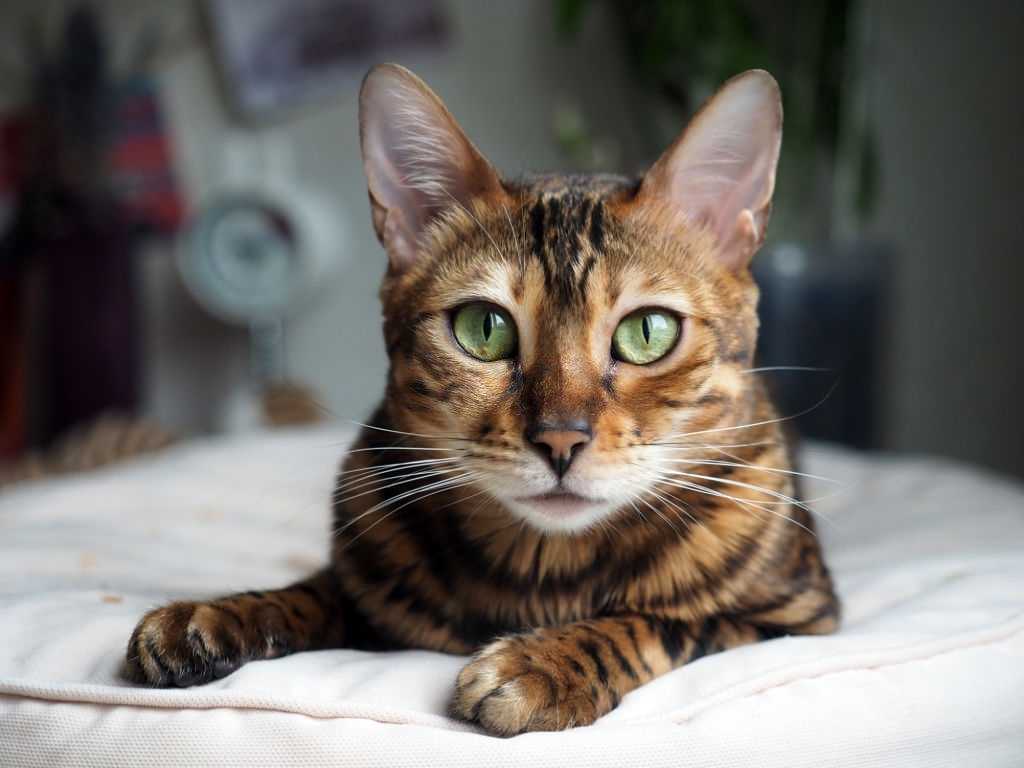
Nutrition of the Bengal Cat
The nutritional requirement of the Bengal cat can be fulfilled by the usual cat food. However, some breeders provide grain-free cat food to Bengal cats and get good results in terms of their growth and health.
Care of the Bengal Cat
The Bengal cat is just like other domestic cats. The usual tips can help the owners have a well behaved, active, and healthy Bengal cat at home.
- The short dense coat of Bengal cats is easy to groom. Weekly brushing will be good to avoid hairballs and will spread the body oil equally.
- Daily brushing will keep their dental hygiene up to the mark.
- These cats rarely need a bath. Once a month bath will be enough.
- Trim their nails in a couple of weeks and provide a good scratching post.
- Provide a cat tree to fulfill their desire of climbing at high places. It will be safe for them inside the house.
- A water pool will keep the Bengal cat happy, fresh, and clean.
- Interactive toys, puzzles, cat house, fetch, and laser chase will keep the Bengal cat engaged and busy.
- Keep the aquariums out of the reach of this water-loving cat. It can harm the fish inside the aquarium.
- A tidy litterbox will be inviting for this cat breed otherwise, it will refuse to use a smelly litterbox.
- A Bengal cat can get infections, can involve in fights with street animals, can get hit by a vehicle, and can be stolen if left outdoors. Keeping them indoor will keep them protected.
Friendliness of the Bengal Cat
A Bengal cat is a highly loving, loyal, affectionate, and friendly cat breed. It loves to be with its people, children, and other pets. They stay calm with toddlers and get energetic with older ones who can play fetch and puzzle with it. It likes to learn quicks and get trained for well-behaving.
The Bengal cat has a high prey drive for animals like guinea pigs, small size rabbits, and hamsters. If you have those animals as pets, keep them in a separate cage to protect them from this cat breed. Check out the top best guinea pigs bedding.
Final Words
The Bengal cat is a distinctive cat breed with all the traits and characteristics that a domestic cat possesses. It is a pleasure to keep a Bengal cat at home if you can take care of its health. It will be a great companion who will talk to you a lot and will take you outside to play fetch and chase.



